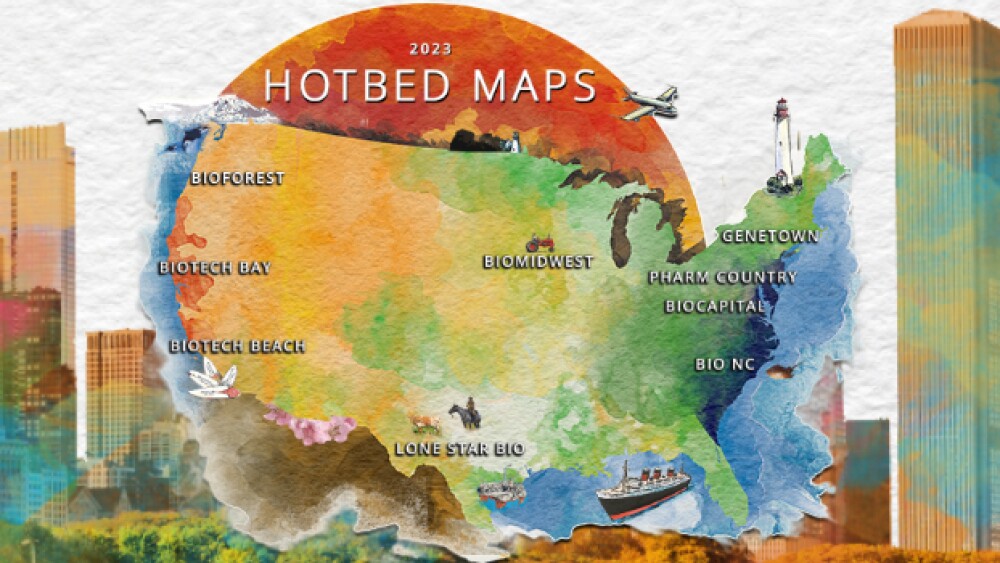KIRKLAND, Wash.--(BUSINESS WIRE)--The Bluetooth Special Interest Group (SIG) today finalized technology that will drive the creation of Bluetooth thermometer and heart rate products. The recently approved Health Thermometer Profile and Heart Rate Profile built on Bluetooth v4.0 open the door for a new generation of wireless devices for monitoring health and fitness. These devices will join the over 40 million Bluetooth enabled health and medical devices already in market from leading manufacturers like 3M, A&D, Nonin and Omron. “These two profiles are just the tip of the iceberg in terms of the new devices and uses Bluetooth technology is driving,” said Michael Foley, Ph.D., executive director, Bluetooth SIG. “With several new profiles on the cusp of adoption, we expect to see a rolling wave of Bluetooth products in a variety of new markets from today forward.”
The mobile health market will be the first to benefit from Bluetooth v4.0 devices, but the smart home and fitness industries won’t be far behind.
“The Health Thermometer Profile is much more than meets the eye,” explained Robert Hughes, chair of the Medical Devices Working Group and a senior wireless standards architect with Intel. “It is our lead vehicle for enabling a wide variety of health care and fitness devices to use Bluetooth v4.0. This is the model for many more health-related profiles coming soon to support devices like blood pressure monitors, weight scales, and blood glucose meters.”
How it Works
Both the Health Thermometer Profile and the Heart Rate Profile were built to enable the wireless monitoring of body functions – in this case, body temperature and heart rate. While the Bluetooth SIG created the technology, its members, consisting of the leading health, medical and fitness device manufacturers, create the specific ways it will be used. For instance, one potential use case for the Health Thermometer Profile involves a thermometer patch that can send temperature measurements to a mobile phone every half hour to enable a parent to closely monitor the fever of a sick child without disturbing them. “While some of the uses we’ll see of Bluetooth technology in the future will be familiar, others will be completely innovative and unexpected,” added Foley. “The sky’s the limit on how this technology can positively impact our lives.”
Market Size
According to industry analyst firm RNCOS, the mobile health market had a year-over-year growth rate of around 17% in 2010, and is estimated to be worth $2.1 billion at the end of 2011. The report also said the mobile health market is expected to grow with a CAGR of nearly 22% from 2012 to 2014. Analysts watching the remote patient monitoring market segment size that market at $9.3 billion by 2014.
“That’s a giant market opportunity,” said Suke Jawanda, chief marketing officer, Bluetooth SIG. “And when manufacturers look at that market size, and couple it with the massive installed base of Bluetooth devices they can connect to, it’s obvious to see why global medical manufacturers like Omron, A&D, 3M, and Nonin choose Bluetooth technology.”
Over 1.7 billion Bluetooth enabled products were commercialized in 2010 alone, and there are more than 3 billion Bluetooth devices currently in use around the world. Added Jawanda: “Securely connecting these new devices to the exploding Bluetooth installed base gives manufacturers a way to add value to formerly commoditized products, and create a tighter bond with their customers through applications that can turn the data transmitted from these devices into valuable information for the end-user, as well as their primary care provider. It’s a win-win.”
The main driver of mobile health’s growth is the increasing adoption of smartphones during the past few years. According to the report, at the end of 2009, smartphone penetration was around 21% and is expected to be 50% by the end of 2011. Further, over 72% of physicians are smartphone users, and mobile health applications embedded in smartphones are a main reason for this increased usage. Bluetooth technology is available in almost every smartphone on the planet, and Bluetooth v4.0 will be embedded in new smartphones beginning in Q4 2011, with 100% projected smartphone penetration by the end of 2012.
How to Build Bluetooth Products
The final adoption of specifications enables Bluetooth SIG members to utilize the Bluetooth SIG Qualification Program to qualify their devices. These specifications are publicly available on the Adopted Specifications web page. The following are available to registered Bluetooth SIG users: Test documentation associated with adopted Bluetooth specifications; testing tools to support member qualification efforts; and adopted Prototyping Specifications. Bluetooth SIG members may build products to final adopted specifications as well as prototyping specifications that will be finalized at the end of the interoperability testing phase. The Health Thermometer Profile is a final adopted specification; the Heart Rate Profile is a prototyping specification at this time, with final adoption anticipated in June.
About Bluetooth® Wireless Technology
Bluetooth wireless technology is the global wireless standard enabling simple connectivity for a broad range of electronic devices. Version 4.0 featuring Bluetooth low energy technology creates new application opportunities for products within the mobile phone, consumer electronics, PC, automotive, health & fitness and smart energy industries. With nearly two billion devices shipping annually, Bluetooth technology is the only proven wireless solution for developers, product manufacturers, and consumers worldwide. Backed by industry leading companies, the Bluetooth SIG empowers more than 14,000 member companies to collaborate, innovate and guide Bluetooth wireless technology. For more information please visit www.bluetooth.com. Bluetooth wireless technology: Simple. Secure. Everywhere.
Contacts
Americas, Europe, Middle East & Africa
INK Public Relations
Starr Million Baker, +1 (512) 382-8981
starr@ink-pr.com
or
Asia-Pacific
CHINA
Elite PR Consultants Beijing Co., Ltd
Lori Lee, +86 10 6409 7442/ 7647 ext. 8037
lori.lee@elitepr.cn
or
JAPAN
Kyodo Public Relations Co., Ltd.
Mr. Akihiro Yoshinobu, +81-3-3571-5238
a-yoshinobu@kyodo-pr.co.jp
or
KOREA
Strategic Marketing and Communications, Inc.
Harry Yoon, +82-2-3445-3232
harry@oksmc.co.kr
or
TAIWAN
Apex Communications Consultants
Hira Yu, 886-2-7718-7777 ext. 517
hira@apexpr.com.tw




